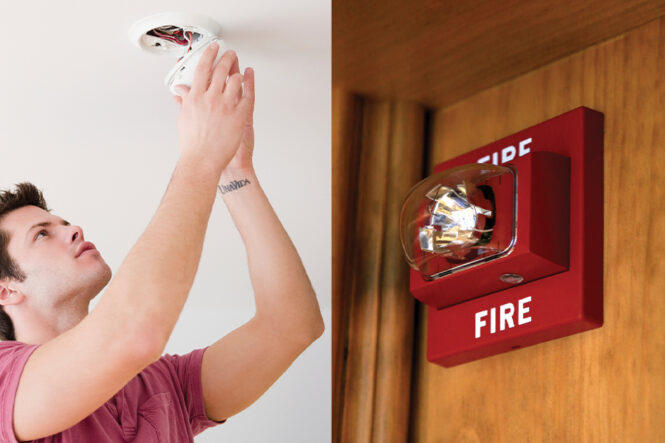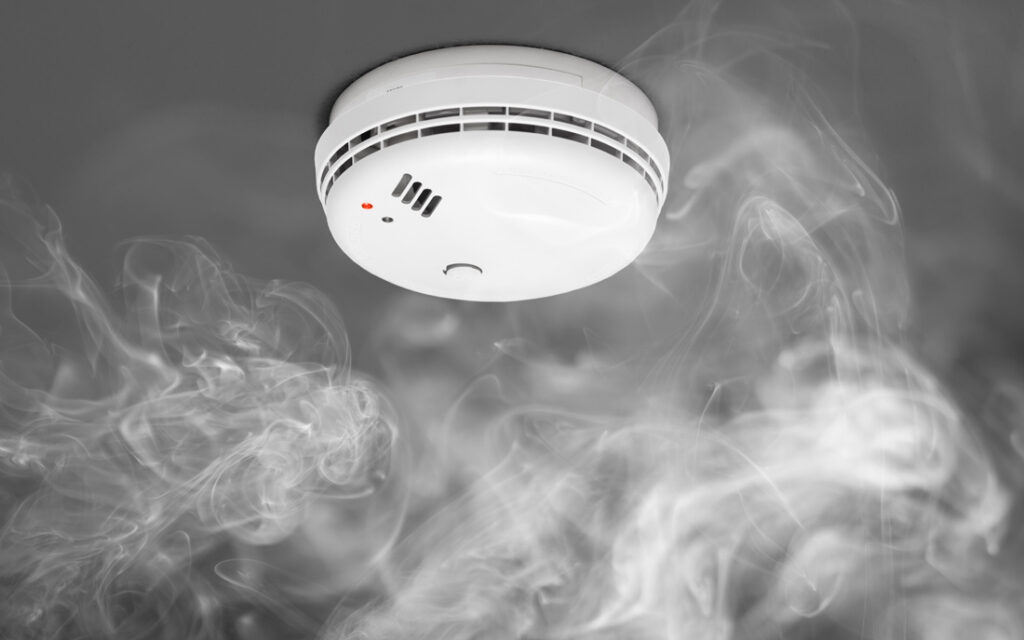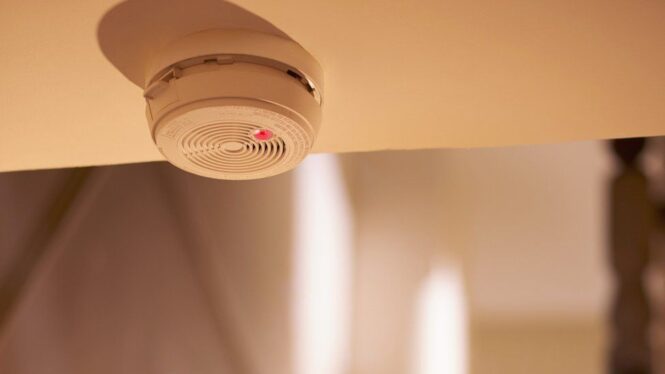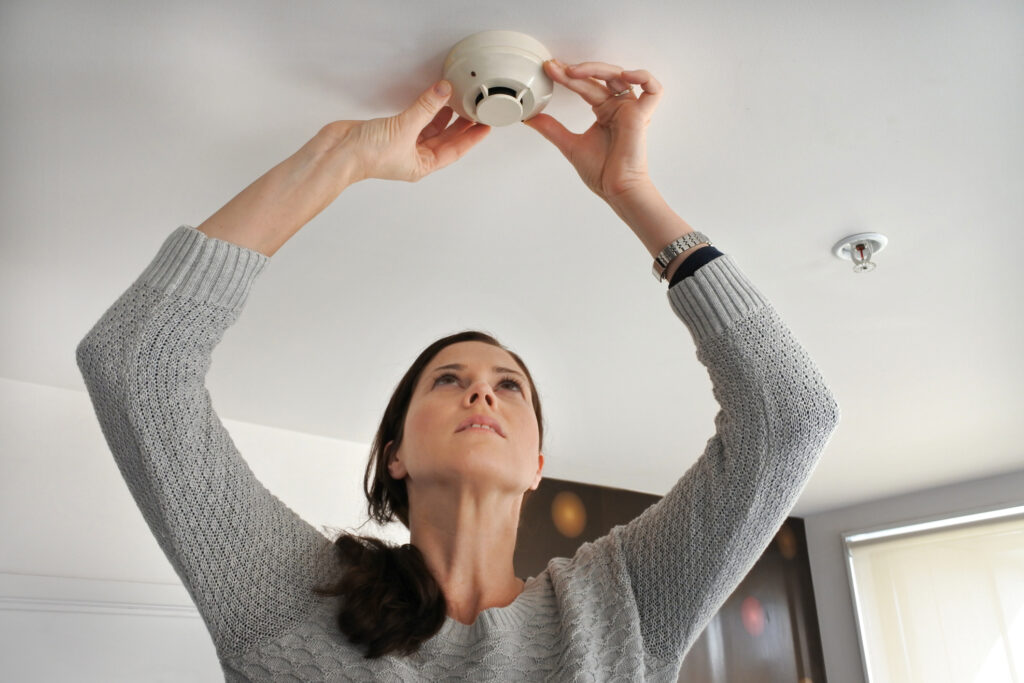British Housing Minister Eddie Hughes recently announced a new mandate requiring all providers of public housing in England to fit their properties with smoke detectors. Carbon monoxide detectors will also be required in any public housing properties equipped with gas appliances or heating systems. It is a smart move.
It is also a move that has been a long time coming. After numerous tragic fires over the years, regulators in England have finally decided that enough is enough. They have determined that mandating smoke and carbon monoxide detectors is just one step they can take to increase safety at home.
Part of a Broader Package

The new rules are apparently part of a broader package from England’s Conservative government in an effort to improve housing standards. Mandating installation is not where the new rules stop, however. They also require landlords and property owners to repair or replace faulty equipment as soon as they are informed that a smoke or carbon monoxide detector is not working.
Property owners will be responsible for covering the costs of installation, repair, and replacement. They will also be expected to know and understanding the government’s updated guidance to ensure they are installing carbon monoxide and smoke detectors in the most ideal locations throughout rented homes.
Regulators and safety advocates have been pushing for smoke and carbon monoxide detectors for years. Like their counterparts in other countries, they fully understand that the two devices save lives. Requiring property owners and landlords to take such a simple step to increase safety will go a long way toward protecting the residents of England’s public housing.
Where There’s Smoke, There Is Fire

As you know, the point of installing a smoke detector is to increase the chances of early warning in the event of a structure fire. Smoke detectors come in many forms.
Different types of smoke detectors utilize different technologies, yet they all have the same goal: to monitor for smoke and to sound the alarm if it is detected.
A smoke detector represents the most effective and least expensive way to warn people of fire. Property owners could install fire detection equipment, but it is extremely expensive and really not practical for residential settings. Smoke detectors do an adequate job of providing early warning.
Power and Location Options

The two keys to smoke detectors working properly are power and location. From a power standpoint, the smoke detector without power is useless. Most entry-level models are powered by alkaline or lithium-ion batteries. More advanced smoke detectors can be wired to a home’s electrical system and fitted with battery backup.
In terms of location, the idea is to place smoke detectors near where the residents of a home stand to gain the most benefit. In a post discussing what customers say about their smoke detectors, Vivint Smart Home recommends installing smoke detectors:
• in bedrooms
• outside sleeping areas
• on each level of a home
• in a home’s living room or family room
• near a home’s main stairwell (if applicable).
Your average American home is not fitted with that many smoke detectors. Usually,it is one near the bedrooms and another in the vicinity of the kitchen. Placing smoke detectors in or near bedrooms makes sense given that fires are especially dangerous when people are sleeping. Putting one in or near the kitchen also makes sense when you realize just how many residential fires start in that room.
Protecting Against a Silent Killer

Smoke is a silent killer inasmuch as it can overwhelm the residents of a home before they are awake enough to realize there is a fire in progress. Another silent killer is carbon monoxide. Its presence is especially dangerous because it is a colorless, odorless gas. It can overwhelm and kill without victims ever knowing what is happening to them.
Carbon monoxide in a home is a direct result of combustion. It is created by gas-fired appliances and gas furnaces. It can also be created by burning fires in fireplaces and wood-burning stoves. Wherever there is combustion, carbon dioxide is being released. That is why experts say you should never use a grill, generator, or gas space heater inside a home.
Protecting against this silent killer is what installing carbon monoxide detectors is all about. A carbon monoxide detector is similar to a smoke detector in principle.
However, there are some fundamental differences. The first is that they allow for a minimal amount of carbon monoxide in the air. They only trigger an alarm if the level of gas in a home rises to an unsafe level.
The second fundamental difference is how carbon monoxide detectors do what they do. Most smoke detectors use some sort of system to measure light. When smoke interrupts that light, an alarm is triggered. Most carbon monoxide detectors try to replicate the gas’s effect on human biology. Some use a gel; others utilize an electrochemical sensor. When the chosen mechanism absorbs enough carbon monoxide to trigger the intended result, an alarm sounds.
Installing Carbon Monoxide Detectors

Property owners can install carbon monoxide detectors in a variety of different locations. Ideally, they should not be installed too closely to gas appliances or furnaces in order to avoid triggering false alarms. They should also be installed as high as possible in a given room. Carbon monoxide is lighter than air, and it also tends to rise more readily with warm air.
A single carbon monoxide detector on each floor of a home is a wise idea. As to whether it is wise to install one in every bedroom is up to property owners. You could make the case either way.
In England, regulators have decided that property owners and landlords involved in public housing must begin installing smoke and carbon monoxide detectors. It is a good move. Detectors save lives without a huge financial investment or the need to constantly monitor and maintain equipment. Not installing them in public housing doesn’t seem to make a whole lot of sense.
 Imagup General Magazine 2024
Imagup General Magazine 2024



